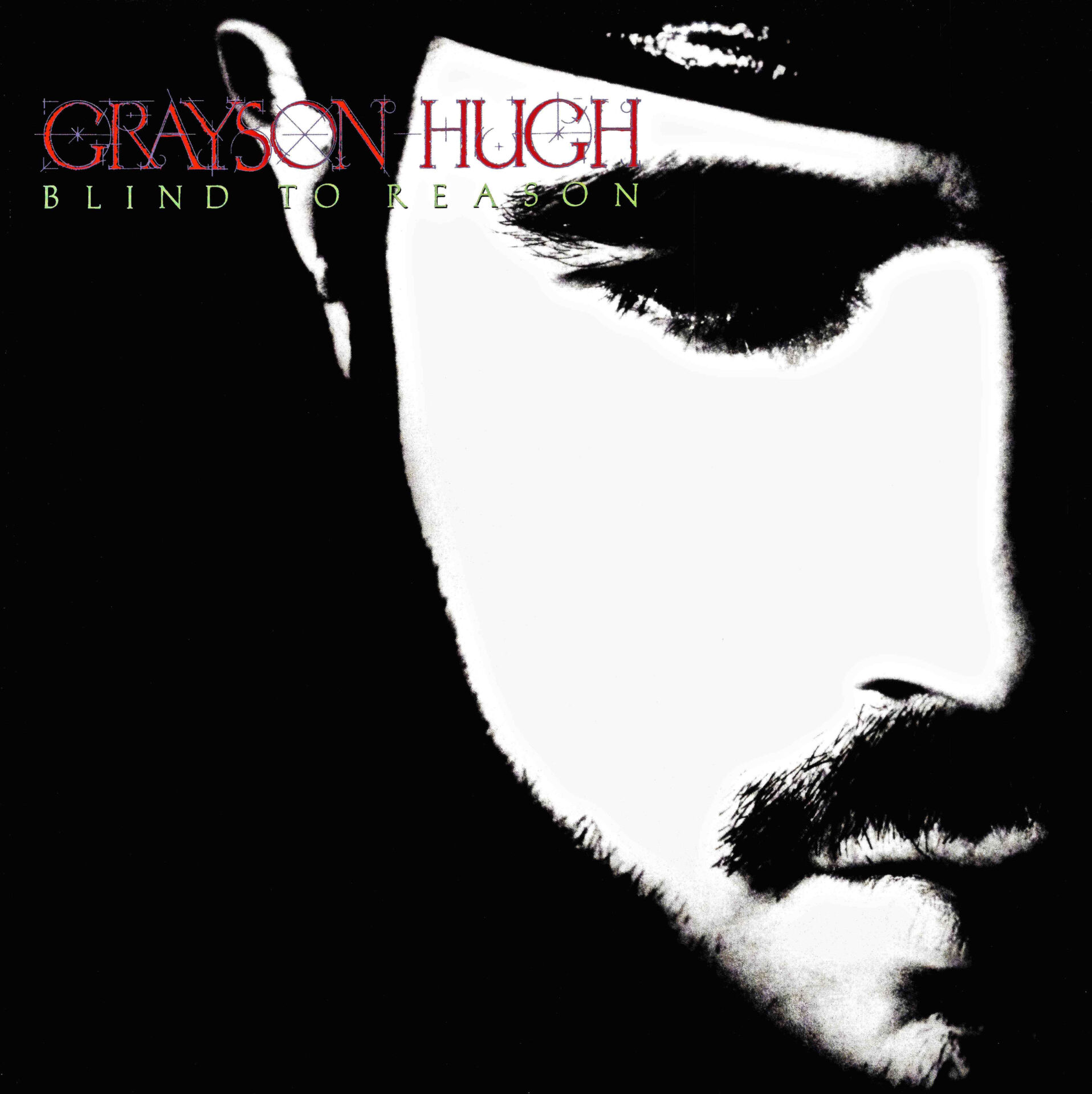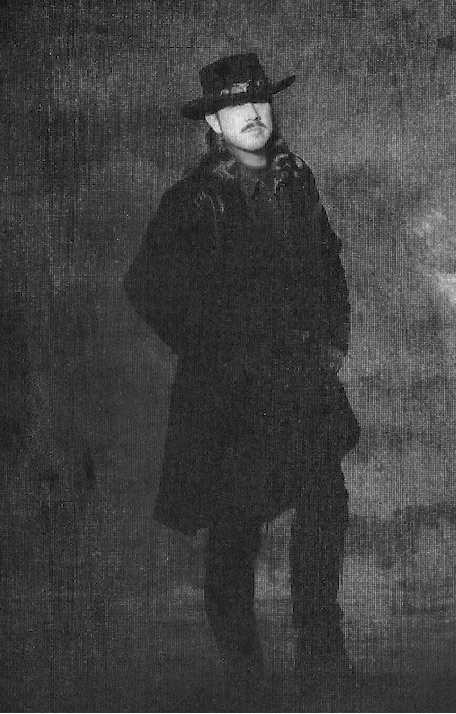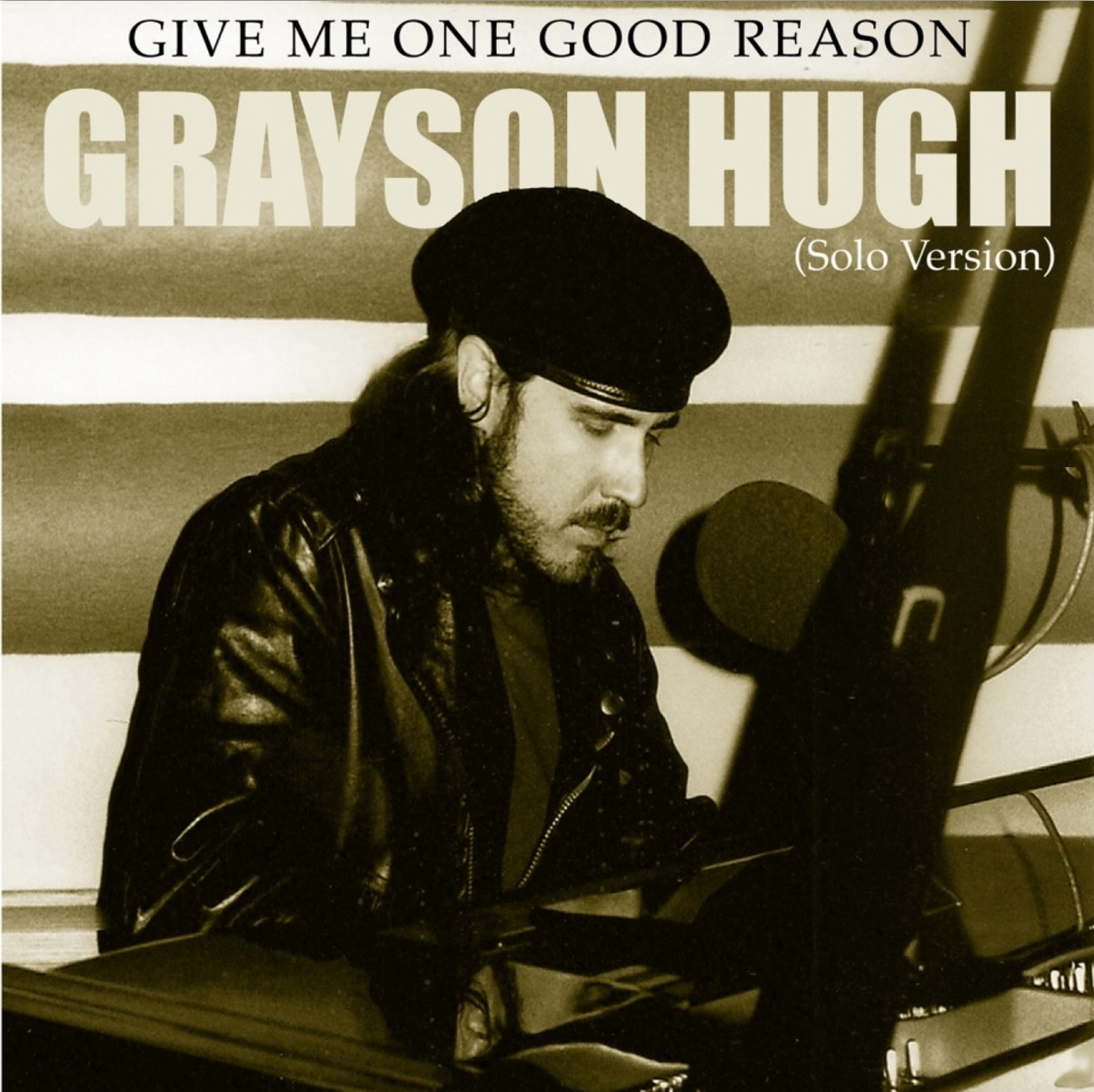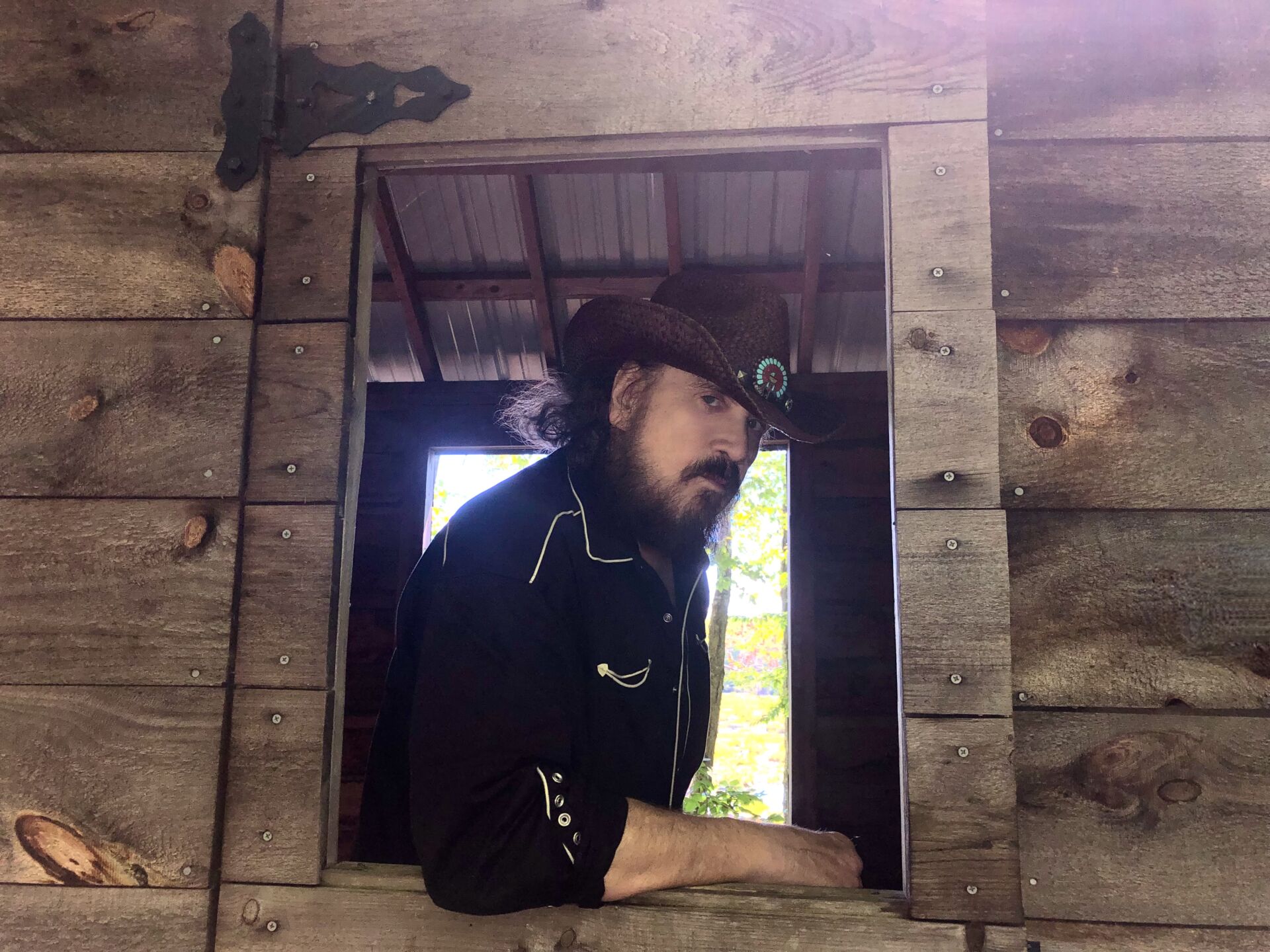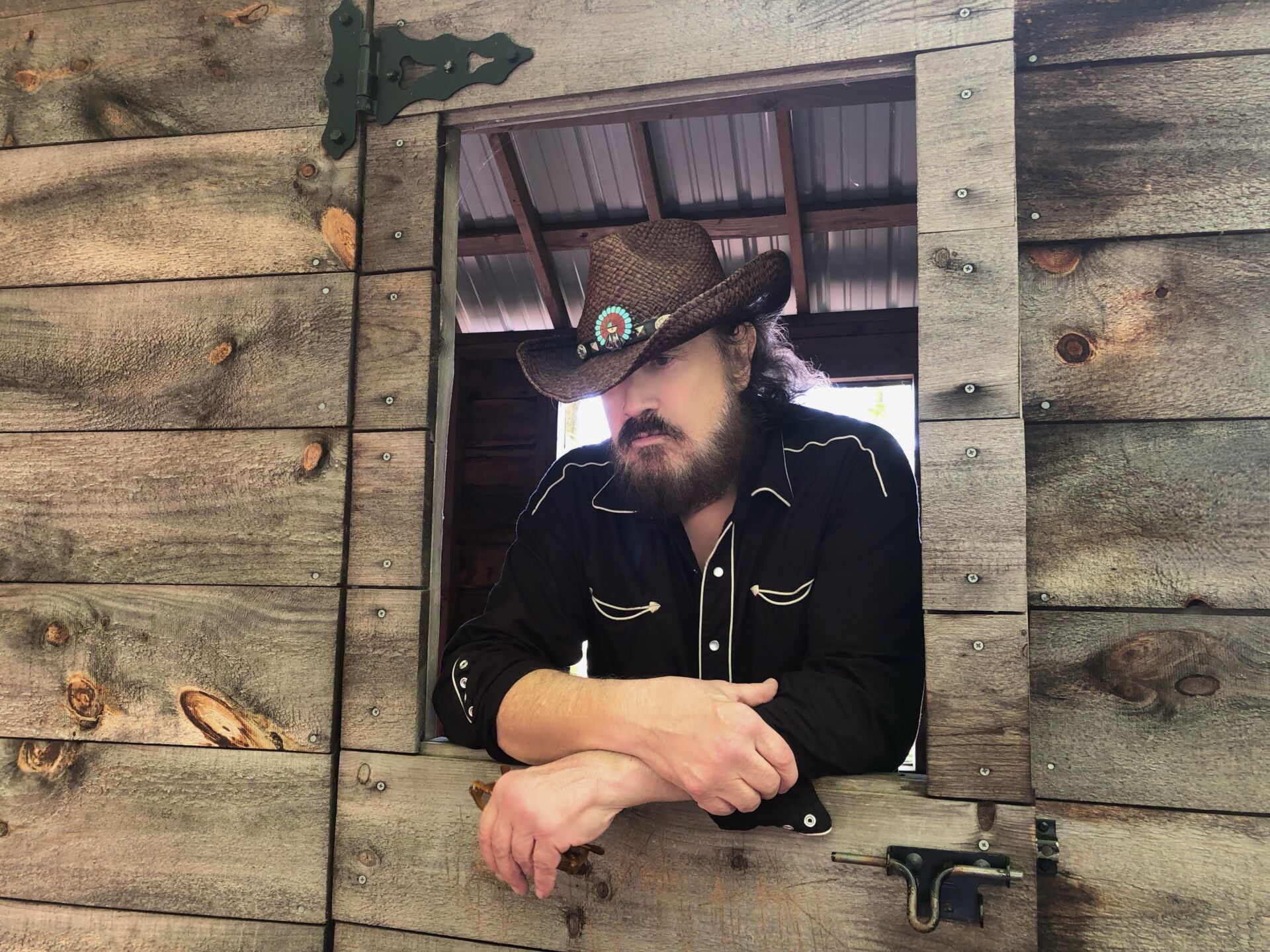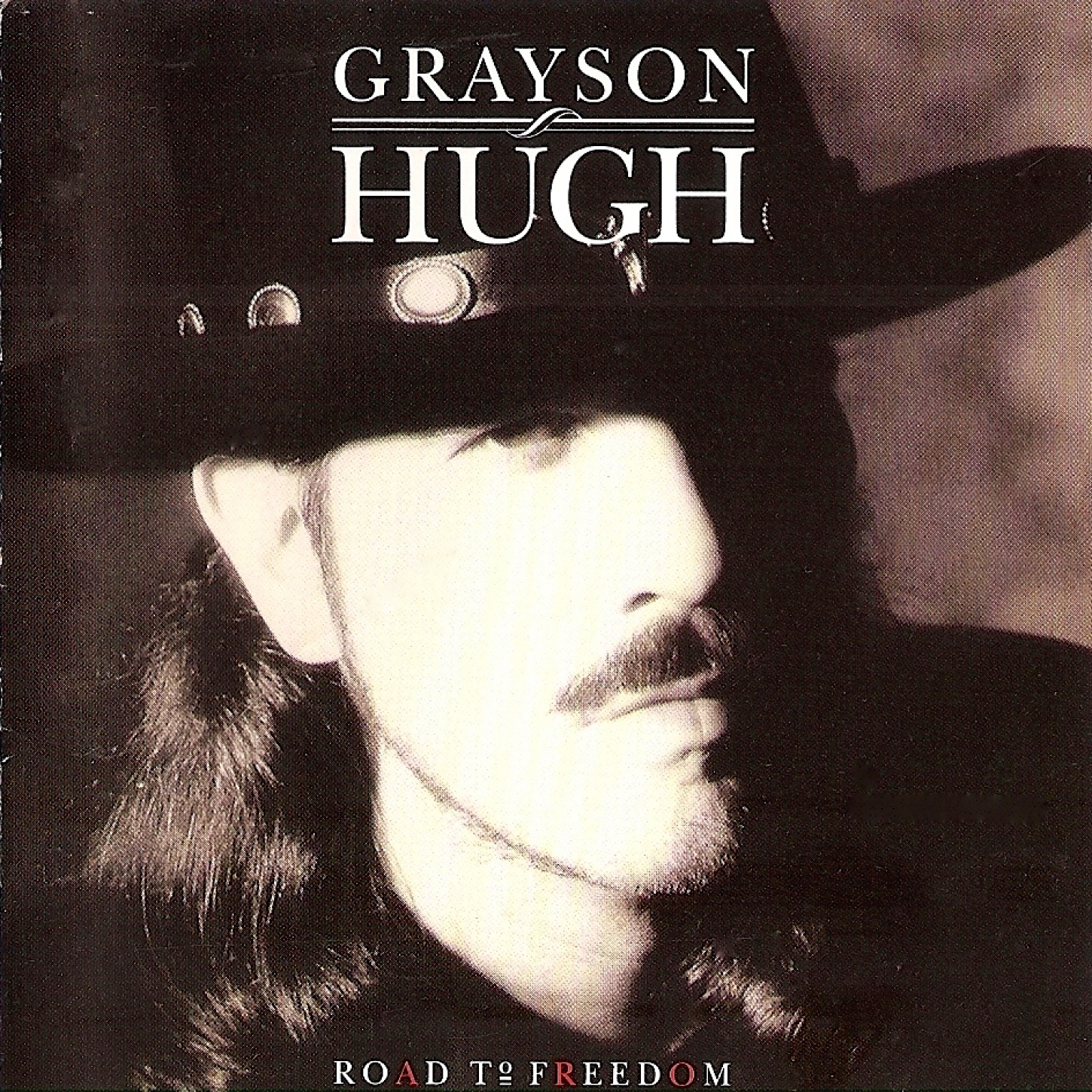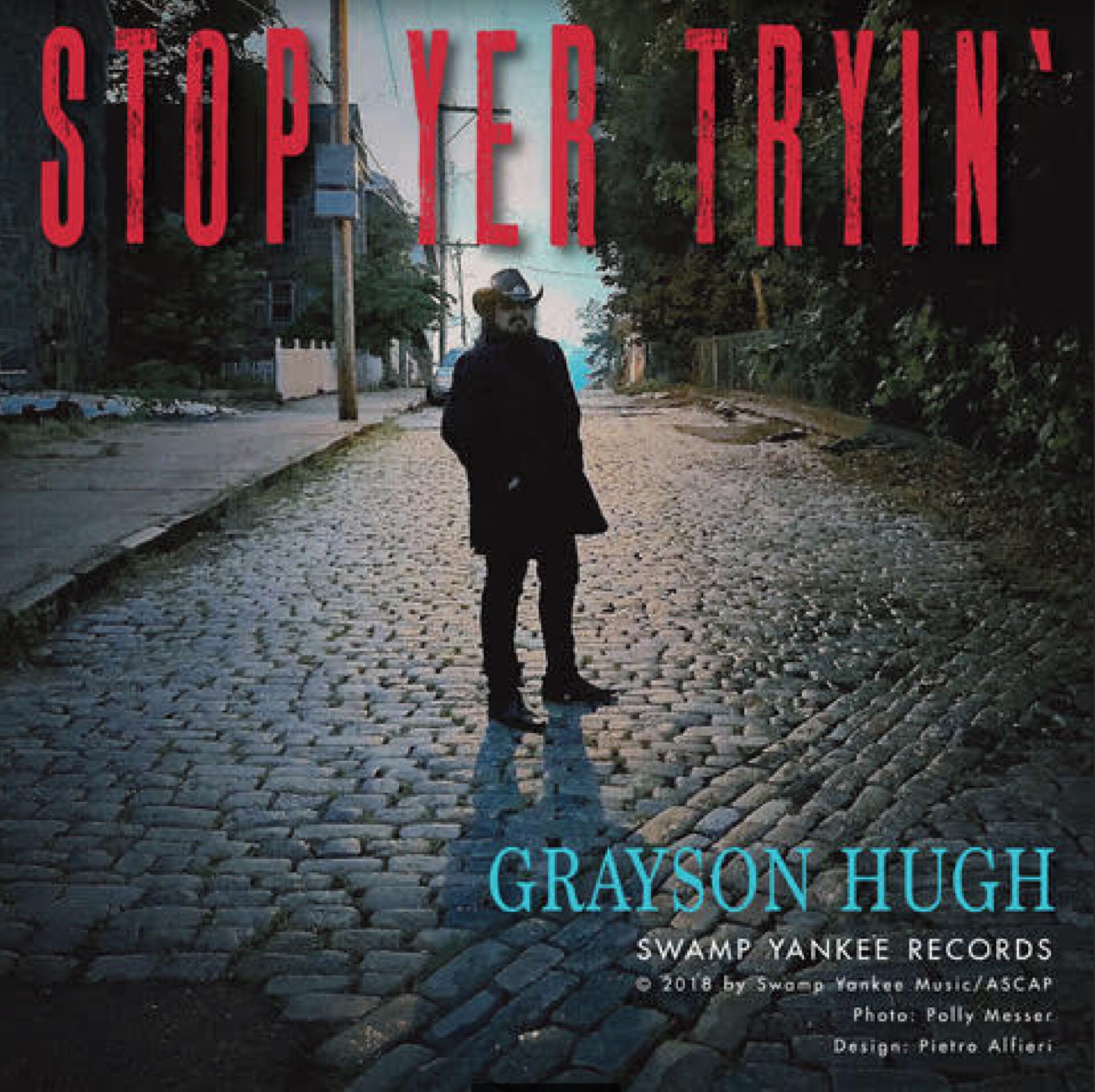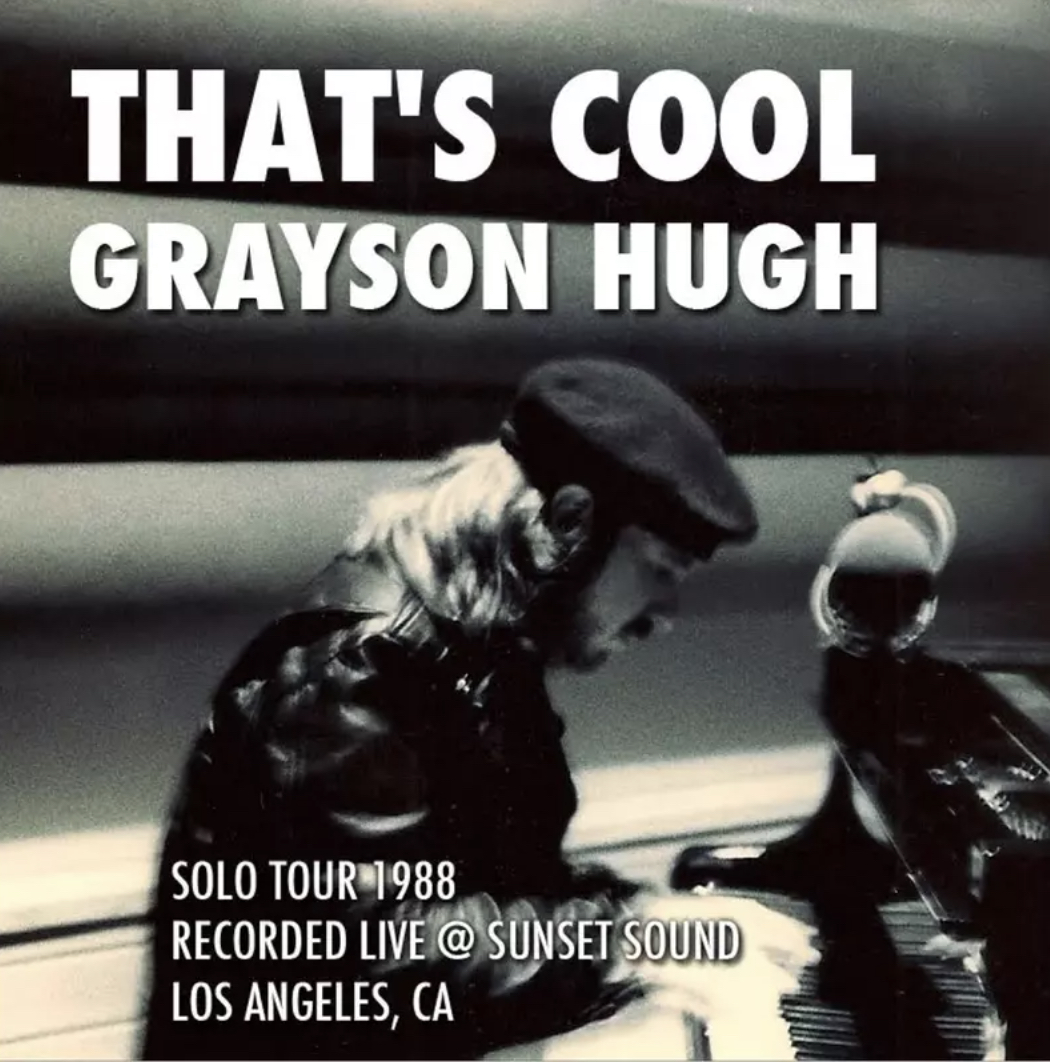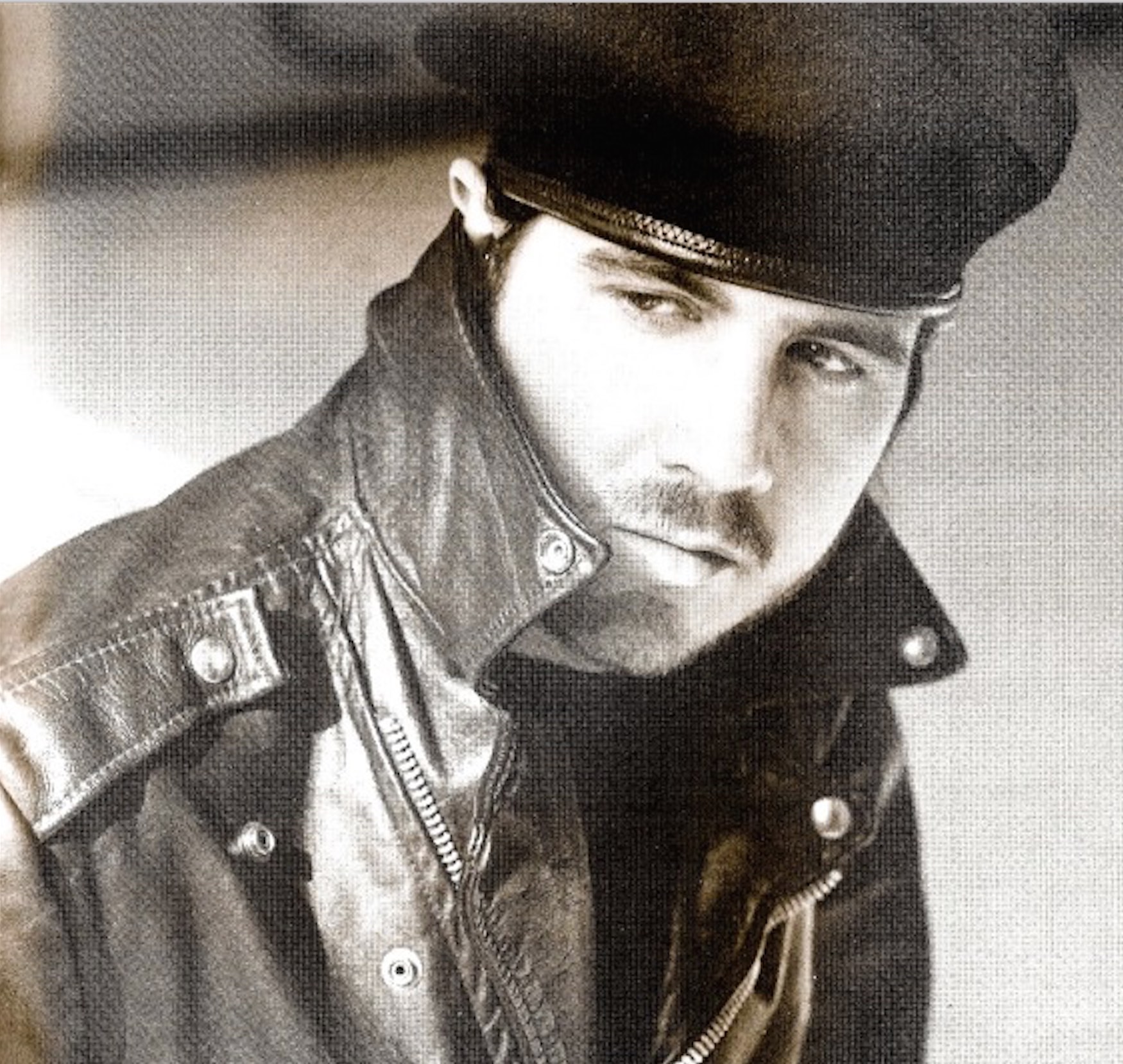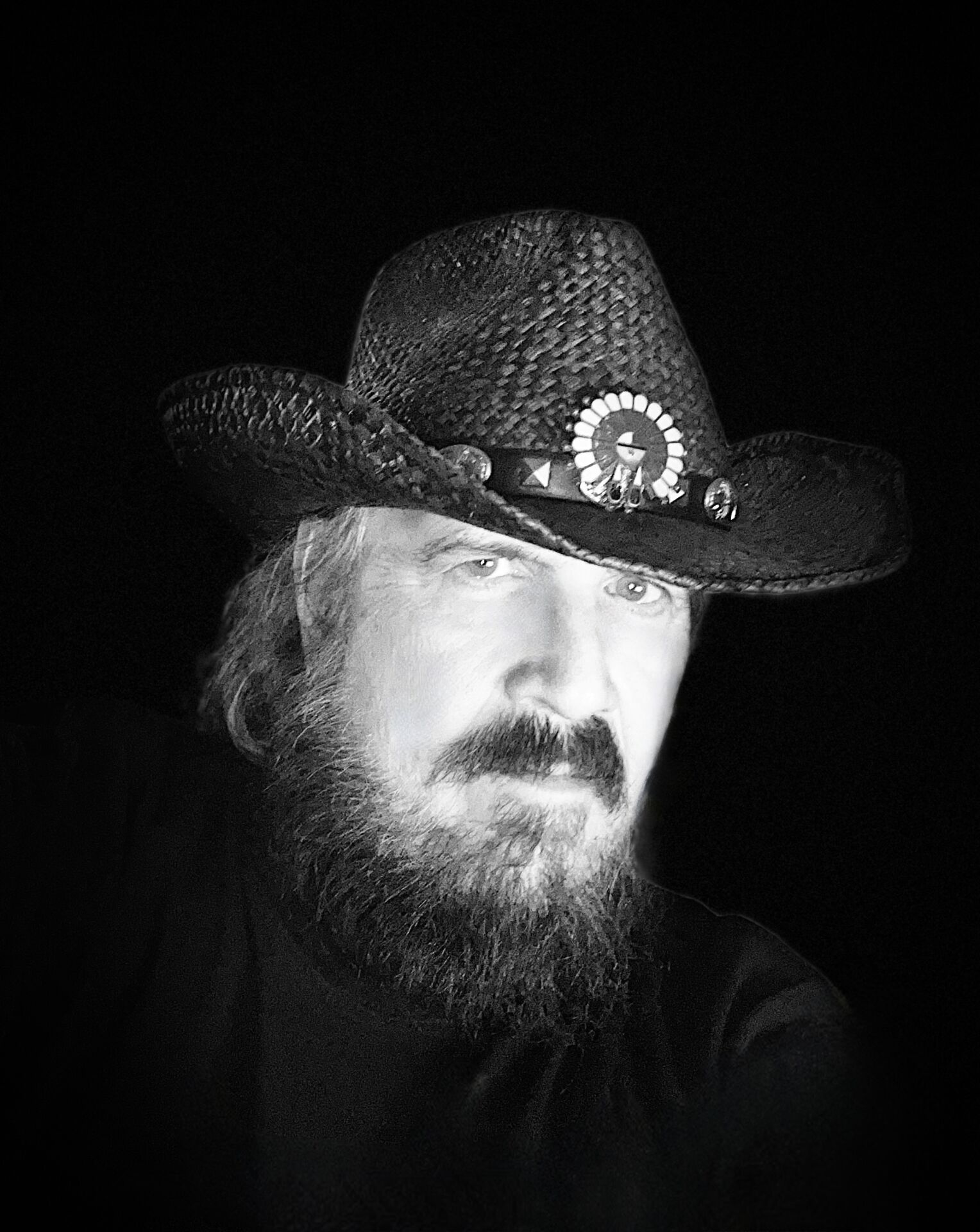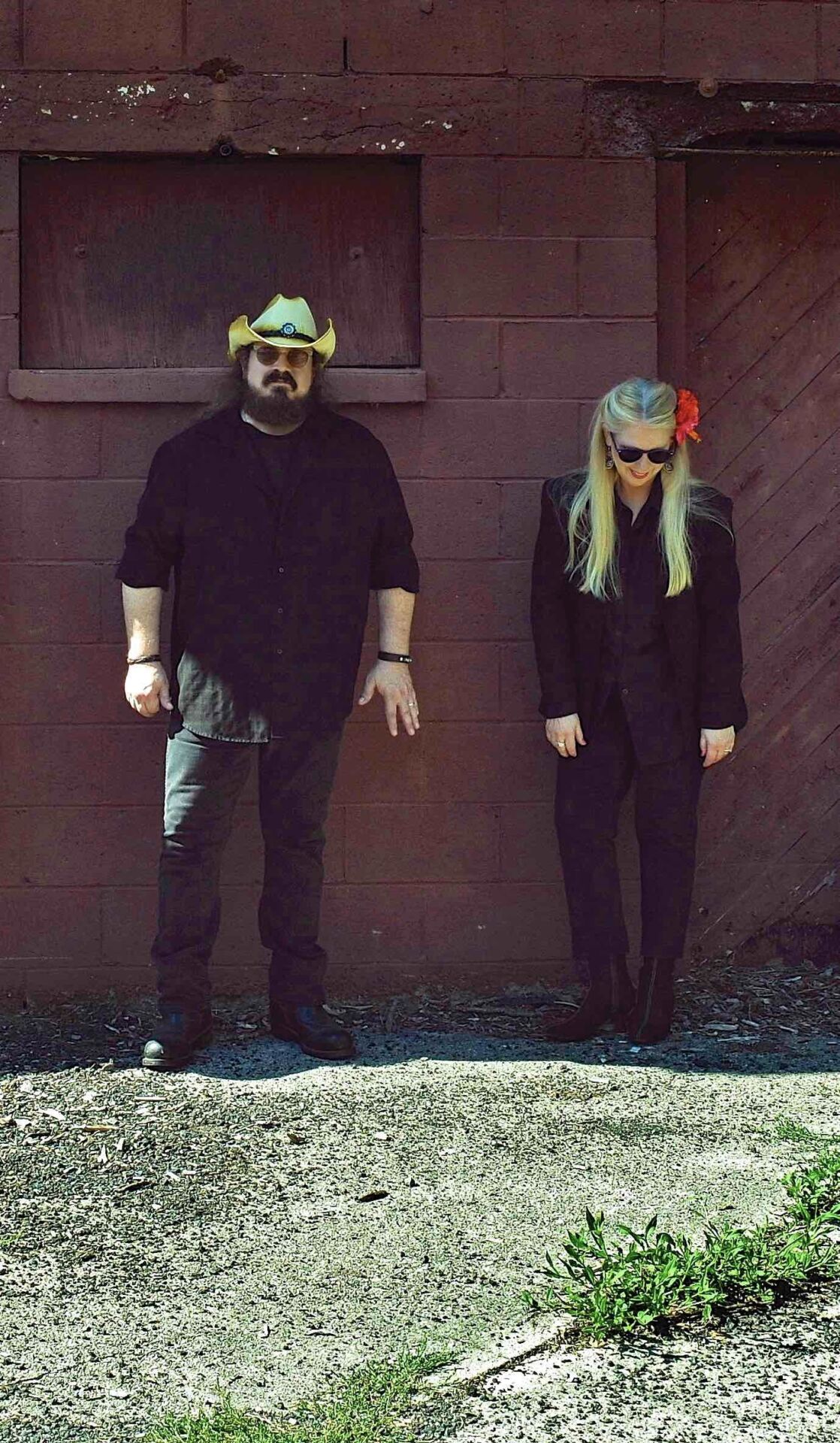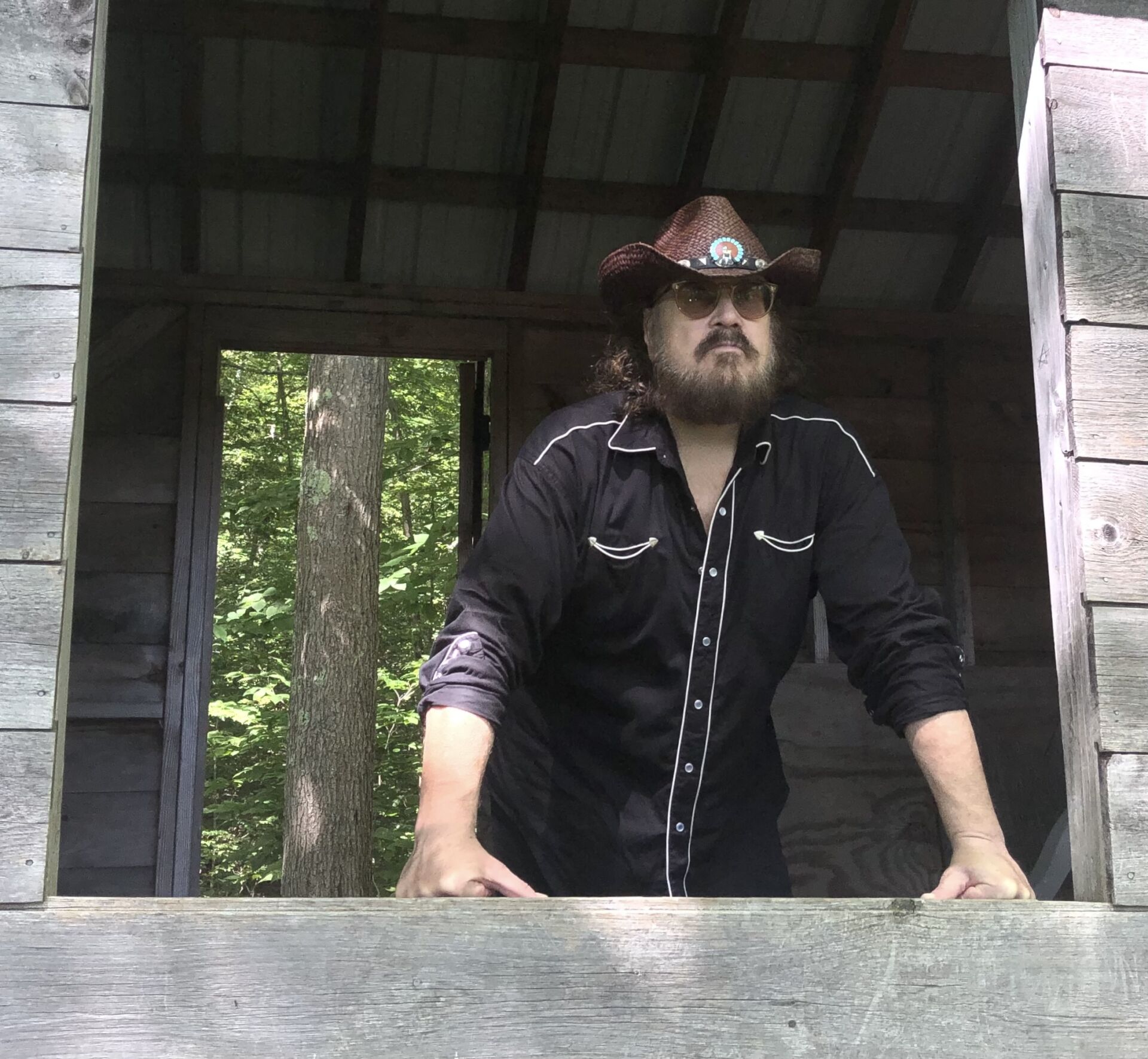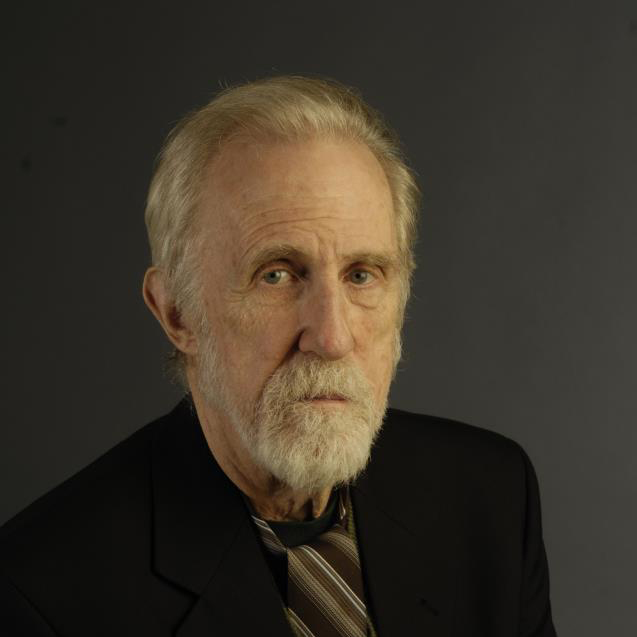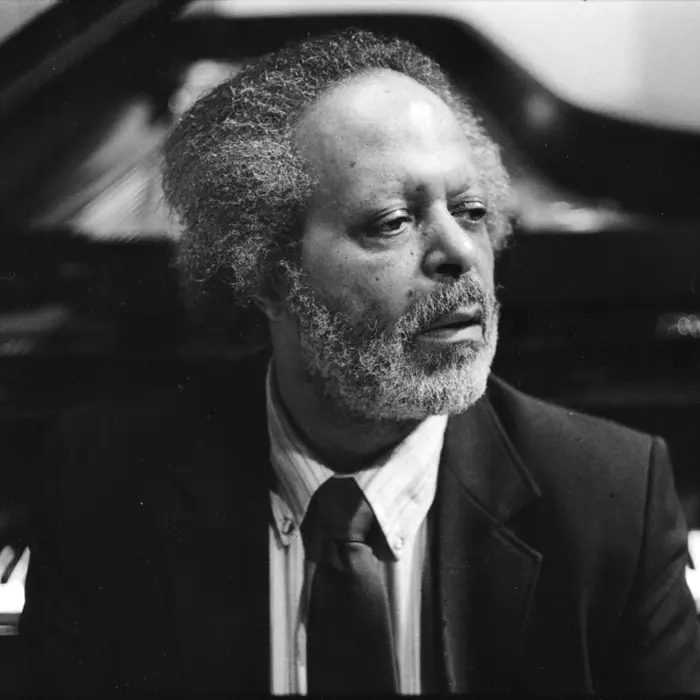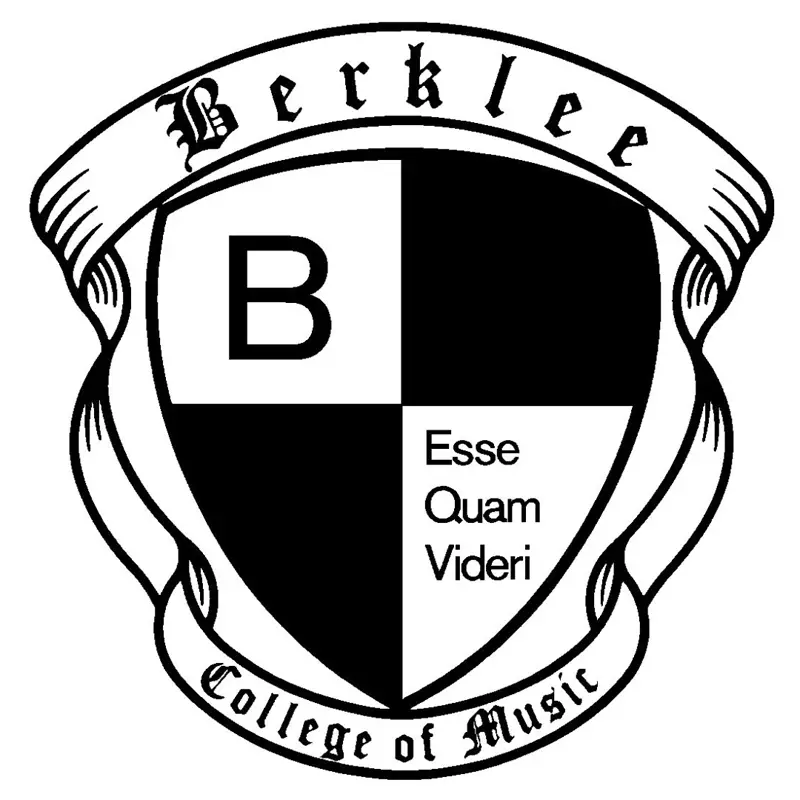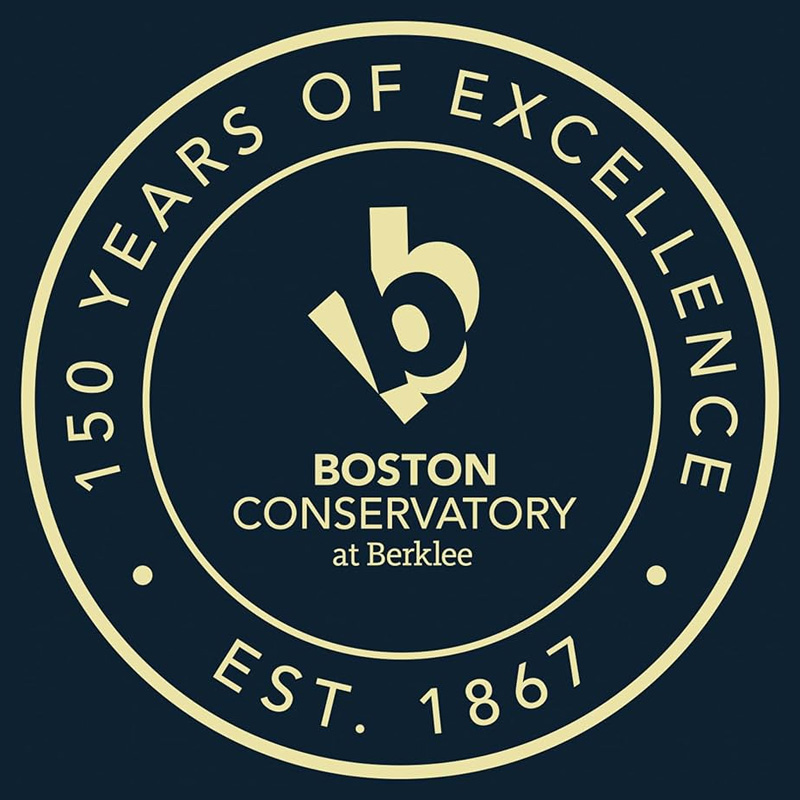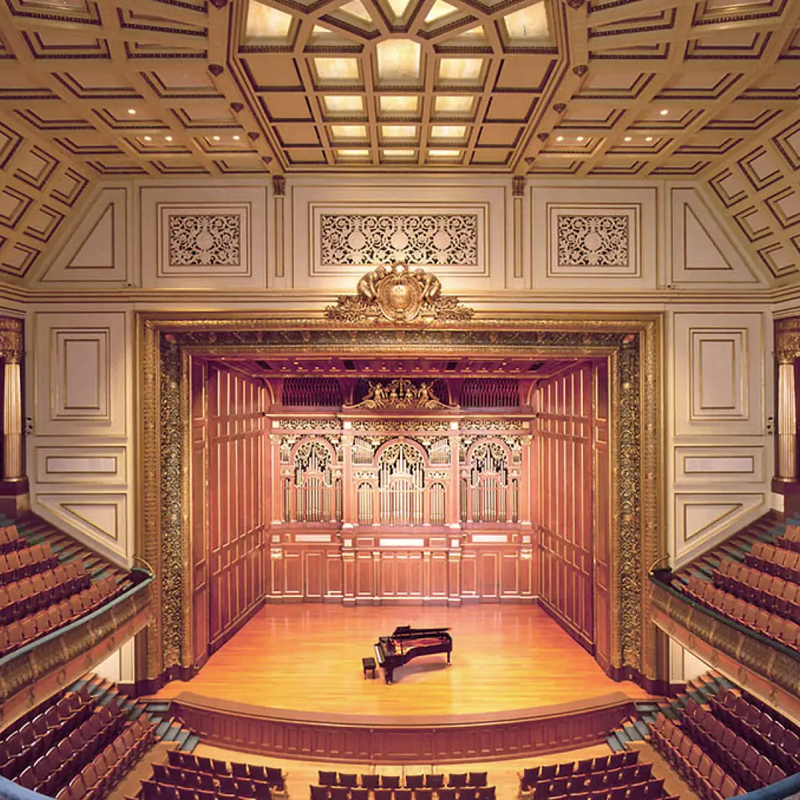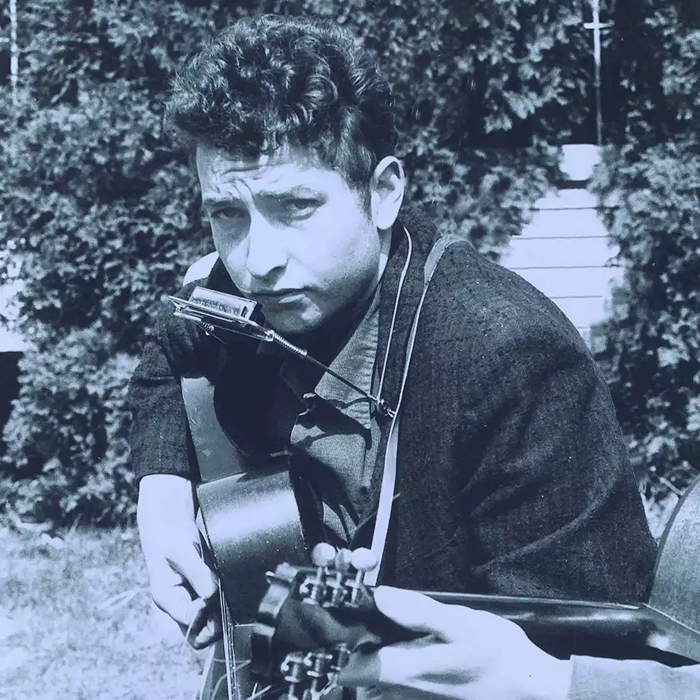Grayson Hugh
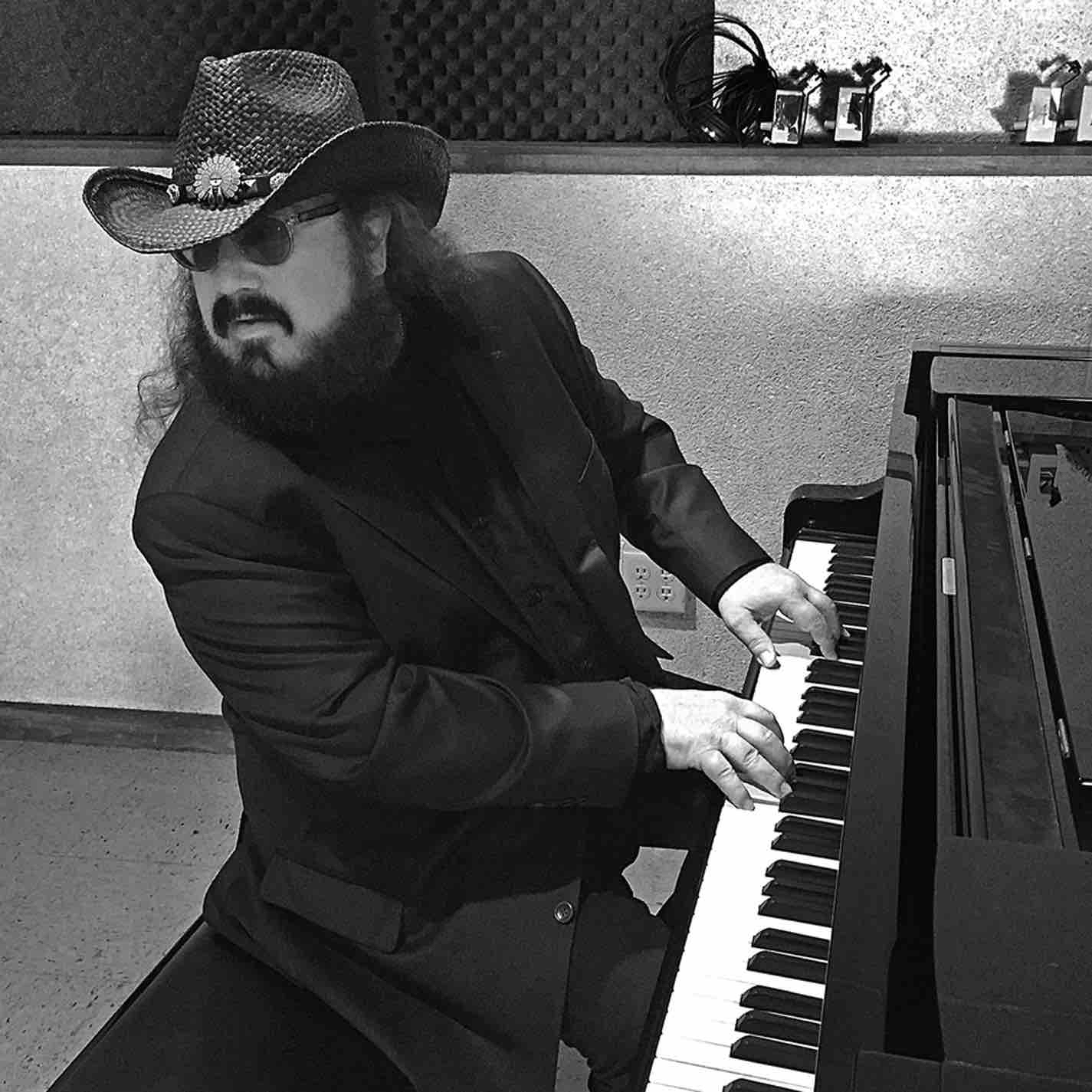
Grayson Hugh didn’t record his major-label debut until he was 37, meaning he was twice as old as some other newcomers and, from the record company’s perspective, equally untested in terms of national viability. But the LP’s instant international success proved that the decades he’d spent training and gigging in his native New England weren’t in vain. In fact, they’ve been the foundation for everything he’s done since deciding to pursue music full time at age 16 and have sustained him over what’s been a rather roller-coaster life, professionally and personally.
Often called a “blue-eyed Southern soul singer” in the press even though he was born and raised well north of the Mason-Dixon line, pianist-saxophonist-vocalist Hugh’s piano style has been called a hybrid of Ray Charles’ percussive approach, African drumming and bluegrass and his voice has been likened to Otis Redding’s and Sam Cooke’s. His most recent material is a combination of rock, soul, country, folk, bluegrass, funk and gospel that’s about as Americana as it gets and he’s recorded five major-label albums, self-released 14 LPs and toured across North America, Europe and Australia. Three of his singles have been included on major Hollywood film soundtracks.
Musical beginnings
Born to Welsh/English parents in Hartford, Connecticut in 1950 and raised in West Hartford, Hugh’s father hosted a classical show on WCCC-FM, his mother was a social worker and he began playing piano at age three. He wanted to be a professional musician by the time he started first grade, he says, though he thought he’d be a classical or jazz player since he didn’t discover rock ‘n’ roll until he was in third grade (when he heard Elvis Presley’s “Hound Dog”). In his early years, he developed a fascination with rhythm by listening to his father’s record collection, which included albums by folk legend Odetta, calypso great Harry Belafonte, iconic Nigerian drummer Bàbátúndé Olatunji and various folk and bluegrass artists who inspired him to incorporate guitar-picking elements into his piano playing.
At age 10, after seeing a jazz quartet at his elementary school, he began taking saxophone lessons, training in his teens under Henry Larsen, first clarinetist and saxophonist with the Hartford Symphony. His main influences have been Boots Randolph, Charlie Parker, Junior Walker, Stan Getz, Ornette Coleman and John Coltrane and his early vocal inspirations were Elvis Presley and The Everly Brothers. Hugh bought his first album on his 10th birthday in 1960, Ray Charles’ What’d I Say (quickly memorizing the piano solo on the title track) and his parents enrolled him in a program for gifted children at the now defunct Hartford Conservatory when he was 12.
By 1964, he’d learned how to play dozens of R&B classics on piano and sax. Hugh’s rock ‘n’ roll future became crystal clear in February that year after he watched The Beatles‘ debut on The Ed Sullivan Show. “My brain pretty much exploded,” he says. “I knew exactly what I wanted to do. Playing classical music, drawing, playing baseball, writing poetry, doing schoolwork, all of that took a back seat. I was obsessed.”
Early bands, Further training, Dance accompanist/composer
Considering high school a distraction, Hugh dropped out at age 16 and began a decades-long run with a laundry list of bands. The first was Hartford-based quintet The Braekirk Aggregation, followed by The Last Five and in 1969 he began playing his original songs with Portrait Blues. By 1970, his interest in jazz, classical and percussion led him to study piano with Jaki Byard at the University of Hartford’s Hartt School of Music, composition and piano with Ran Blake at New England Conservatory and West African drumming under John Chernoff, author of African Rhythm and African Sensibility (University Of Chicago Press, 1981).
In 1974, after spending a few years with jazz ensemble The Wild Goose Trio and rock/R&B band Thundermug, he took a full-time job as an accompanist at the Hartford Ballet, where he also taught a course he designed, “Music and Rhythm for Dancers.” Over the next 12 years, he sidelined as an accompanist-composer for Alvin Ailey American Dance Theater, Paul Taylor Dance Company and the Boston Ballet and at schools including Julliard, Boston Conservatory, Boston University, Princeton, Trinity College and Sarah Lawrence College. From 1978 to 1980, he played piano for the gospel choir at Warburton Community Congregational Church in Hartford.
Move to New York City, Michael Baker, RCA signing
Between 1980 and 1985, in addition to his dance-related jobs, he studied film at the University of Bridgeport for a year and played in five radically different ensembles: swing band High Times, soul trio Haiku, Afro-Cuban funk quintet Grayson Hugh & The WildTones, jazz fusion outfit Street Temperature and The Grayson Hugh Quartet (with which he recorded his debut album in 1980). In 1986, he moved to New York City, determined to sign with a major label. “I got tired of eking out a living accompanying dancers and working with different bands,” he says. “I told myself and everyone I knew that I was not going to leave New York until I had a record deal.” When he got to the Big Apple, he was 36 years old and his only contact there was a former girlfriend; she became his manager and arranged for him to live in a basement barbershop owned by her friend, where Hugh slept on an army cot.
Surprisingly to some but not to many others – including Hugh himself, a man who exudes confidence both on and off stage – he signed with RCA within six months of arriving. Call it what you will, coincidence or fate, but here’s what happened: One day he was in an elevator making small talk with a guy who introduced himself as producer Michael Baker, saying he’d recently finished working on The Blow Monkey’s latest album for RCA. Hugh asked Baker if he’d like to hear some of his music, Baker said he would and they went to Hugh’s manager’s apartment to play his demos. “He didn’t believe it was me on the recording a first,” Hugh says, “so I played one of my songs on my manager’s piano. After I finished, Michael pointed to the goosebumps on his arms. I heard later that he told his girlfriend ‘I just discovered the next Buddy Holly.’” Hugh signed a production agreement with Baker and his partner Axel Kroel that very day and a contract with RCA within two months.
Blind To Reason, Return To Freedom, Soundtracks
In 1988, RCA issued his major-label debut, Blind to Reason, which reached #71 in the Billboard 200, #25 in Australia, #3 in New Zealand and included two singles that cracked the Billboard Hot 100 immediately, “How ‘Bout Us” (#67) and “Bring It All Back” (#87). That led to extensive touring as the opener for Dickie Betts, Ian Hunter, Phoebe Snow, Mick Ronson and Sheena Easton and Hugh began headlining in 1989 after his third single, “Talk It Over,” hit #19 in the Hot 100, #9 in the Billboard Adult Contemporary chart, #4 in Australia and #3 in New Zealand.
In 1991, Billboard included his second major-label album, Road to Freedom (MCA), in its Top 10 Albums of the Year list and two tracks, “I Can’t Untie You From Me” and “Don’t Look Back,” appeared on the soundtrack for the film Thelma and Louise. In 1992, Hugh’s rendition of Bob Dylan’s “I’ll Remember You” was the end-title tune for Fried Green Tomatoes. His run with MCA was short-lived, however, since the label fired the A&R exec who signed him to the label, Paul Atkinson, in 1993 and dropped Hugh and several other acts immediately afterward.
Though there was interest from other labels, “nothing felt quite right,” he says, especially after he discovered that his business manager had mismanaged his finances, which put him in a precarious tax position with the Internal Revenue Service. Disillusioned and disgruntled by what he calls the “broken promises and general evil“ of the record biz, Hugh moved to North Carolina in 1994 and formed Grayson Hugh & The Mooncussers.
Berklee professorship, Getting sober, 2000s albums
In 1999, he declared bankruptcy and took a full-time position at Berklee College of Music in Boston, teaching songwriting, arranging and ear training there until 2003. After a near-fatal alcohol-induced seizure in October 2004, he checked into a rehab facility, then spent nearly three years in a sober house in Wareham (near Cape Cod) before moving back to Connecticut (where he still lives) in the fall of 2007.
In 2008, Hugh married Polly Messer, his backup singer since 1982, and, with financial support from rehabilitation counselor Dean Gilmore, recorded An American Record, releasing it in 2010 on his own label, Swamp Yankee Records. In 2015, Swamp Yankee issued his latest album, Back to the Soul, which was nominated for a Grammy for Best Americana Album, and in 2016 he formed Grayson Hugh & The Moon Hawks.
In recent years, he’s collaborated with his partner in The Invisible Daylight Brothers, harmonica and percussion virtuoso Ralph Rosen, and in 2019 he recorded the rhythm tracks for a new roots-country-bluegrass album, Save Your Love for Me. ”The pandemic shut the studio down and I ran out of money, so it’s taken longer than I expected,” he said in 2024. River Soul Records released the 14-track disc in March 2025.
Career reflections
Asked for a comment on his nearly six decades as a working musician, Hugh says he’s been doing what he’s always wanted to do: playing music, writing words and creating film-like songs. “I considered being a filmmaker, but that path seemed strewn with even more traps, delays, detours and impossibilities than the music business, so I kept my love of the visual to a medium I could control – songwriting,” he said. “With songs, I can create films. All I need is a piano, a piece of paper, a pen and some kind of magical recording device. My songs are more like character-driven movies that happen to have verses and occasional choruses.”
“It continues to be my job in life, my mission, to create things of beauty that other souls can have and hold, to make songs and stories that are real and true, that other people can believe,” he added. “And if my words and notes cause one tear of joy to fall down just one face, then I’ve accomplished what sparked inside my deep shell of a heart so long ago.”
(by D.S. Monahan)

